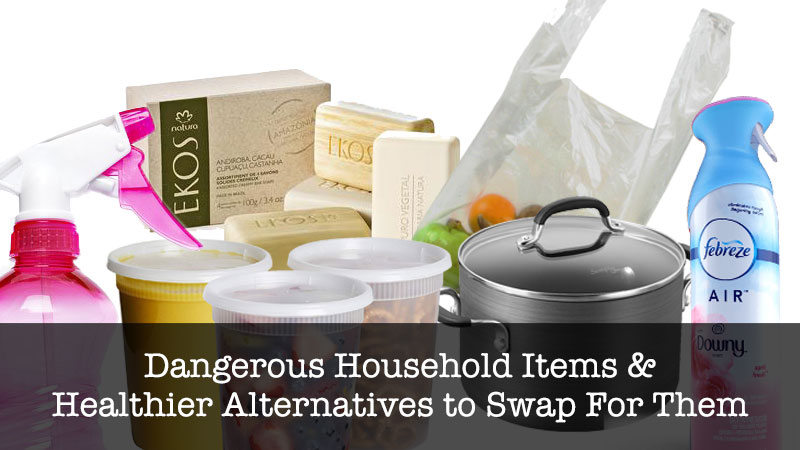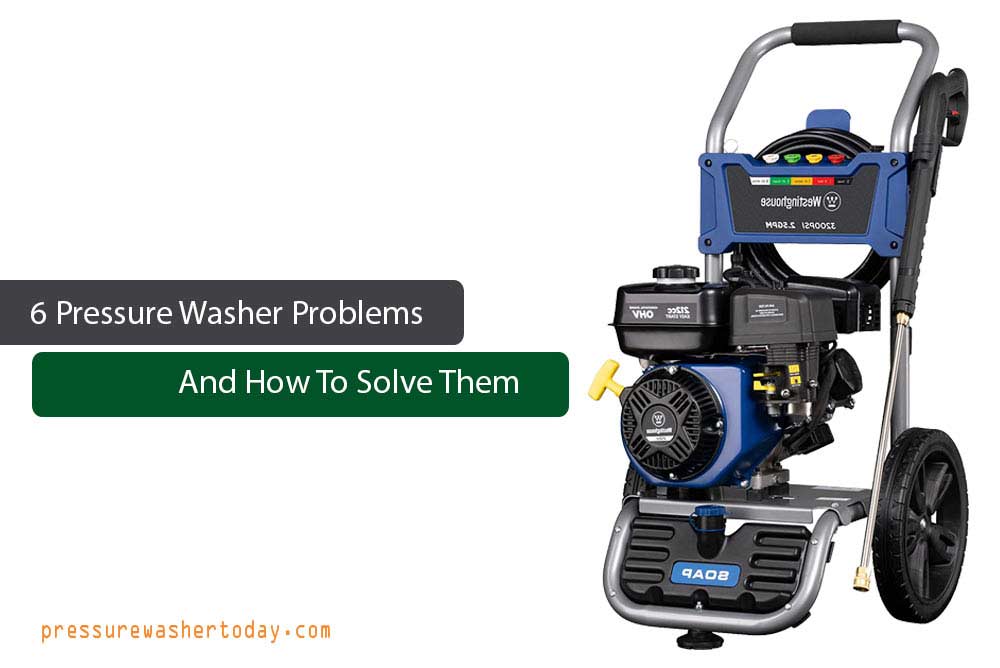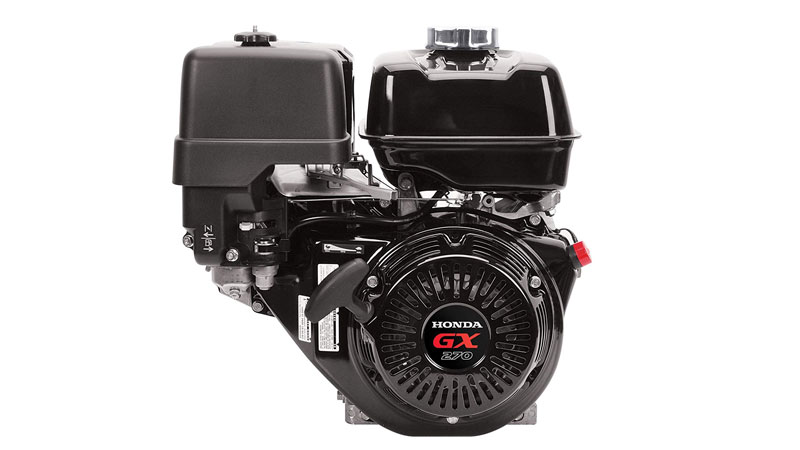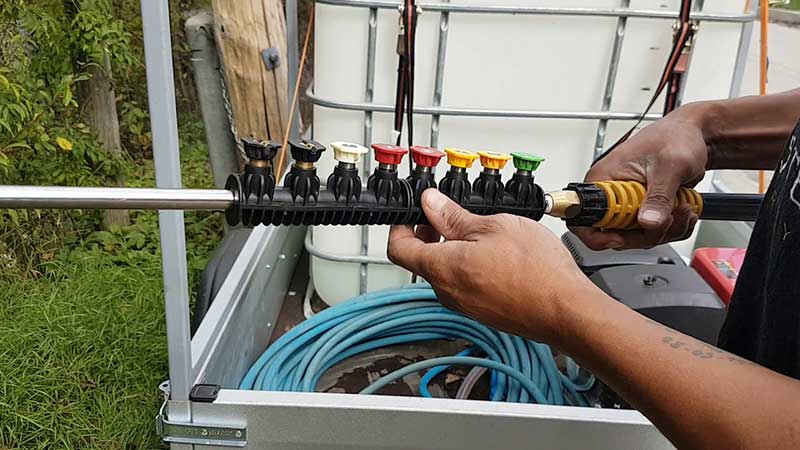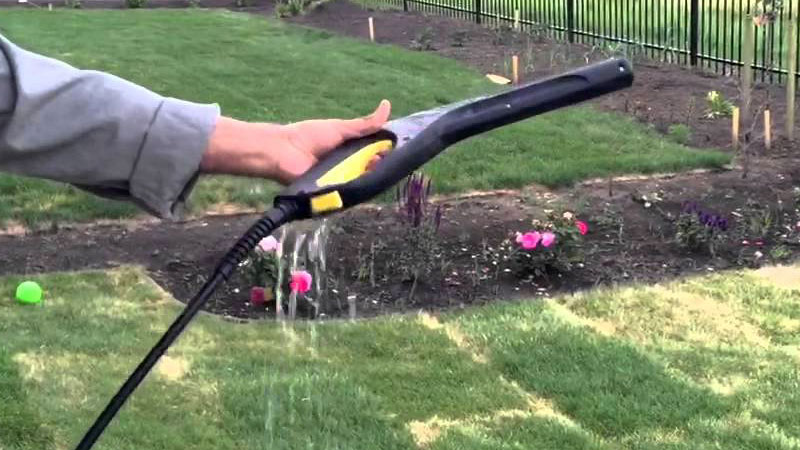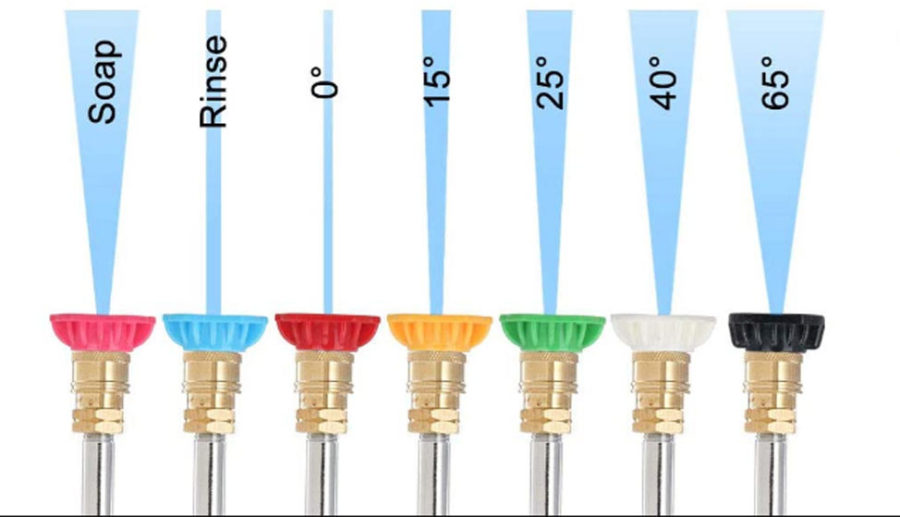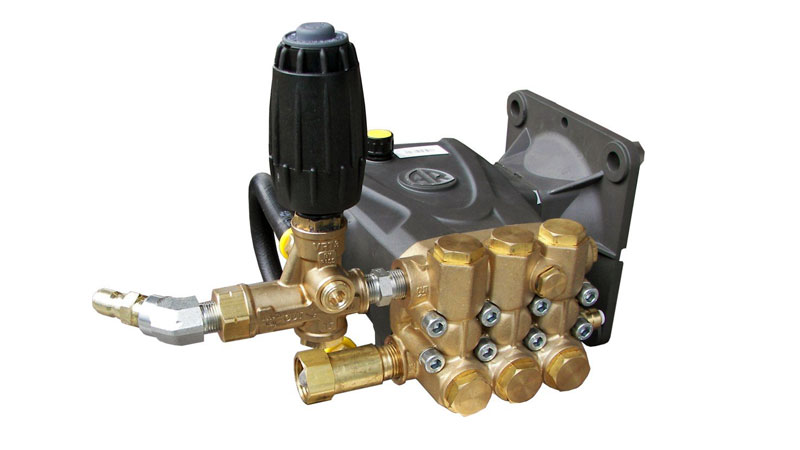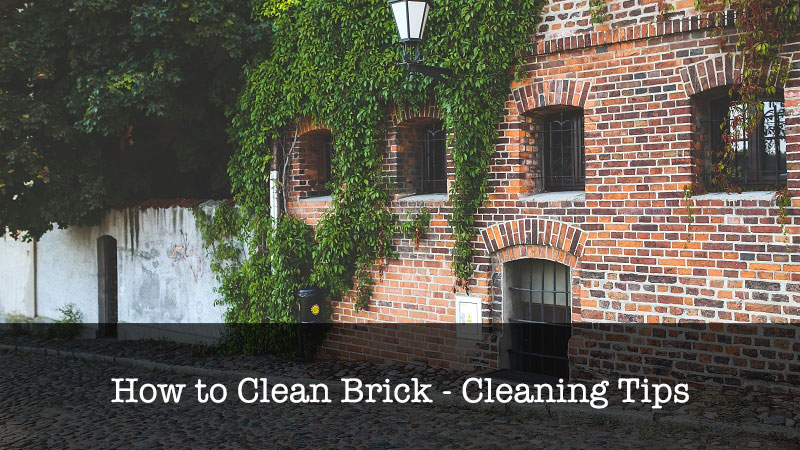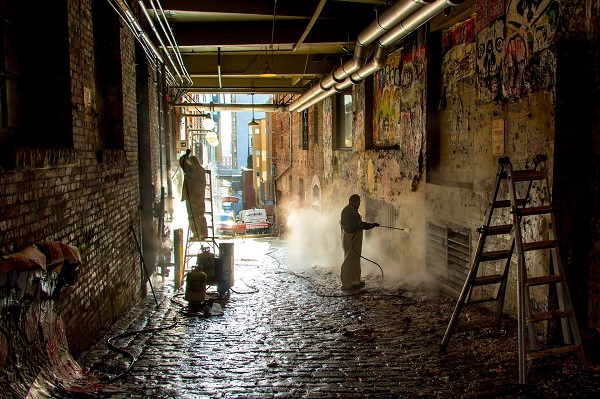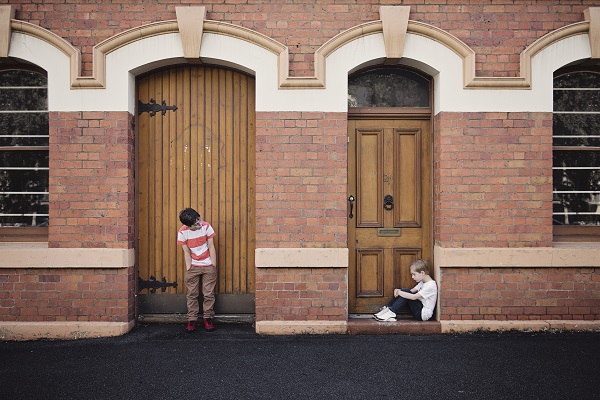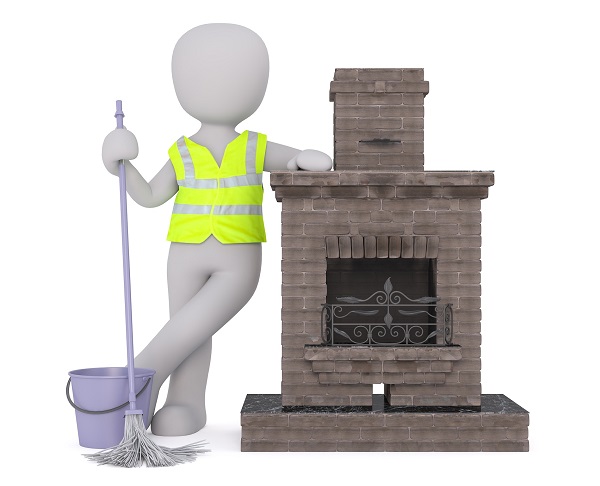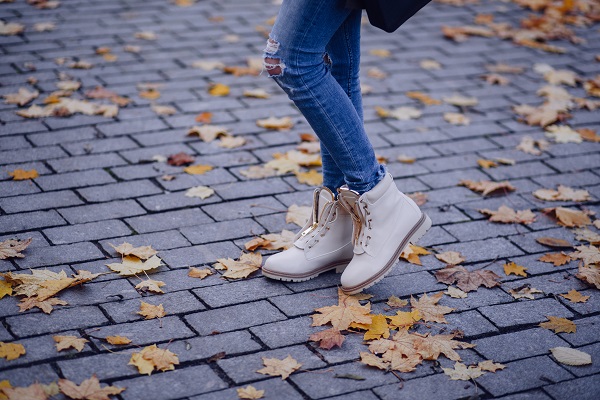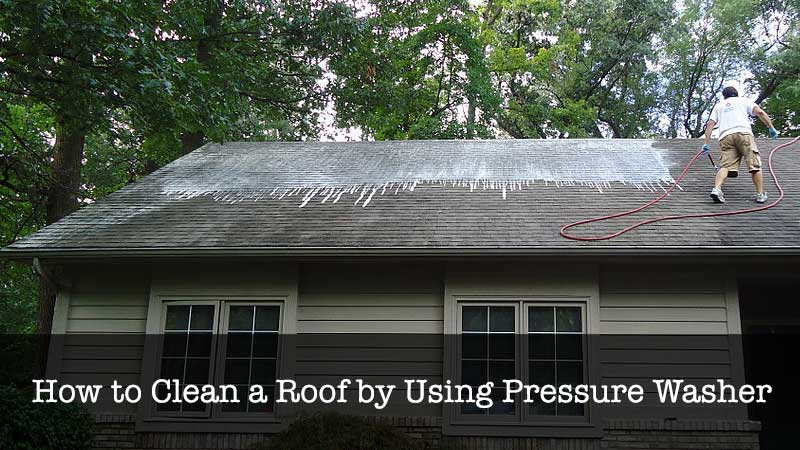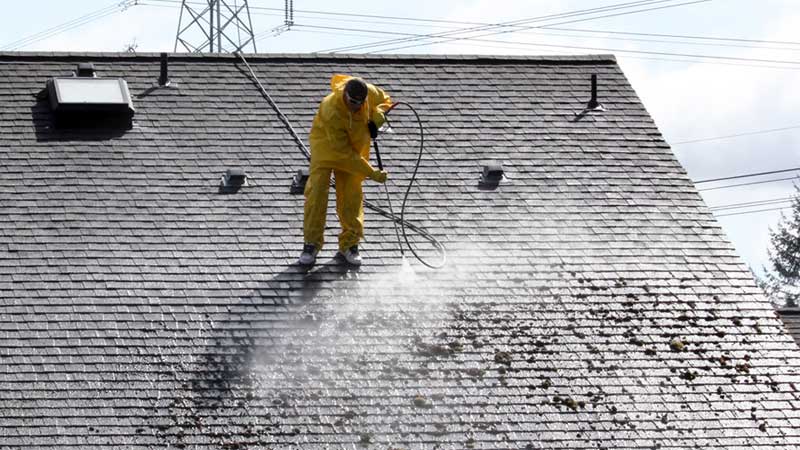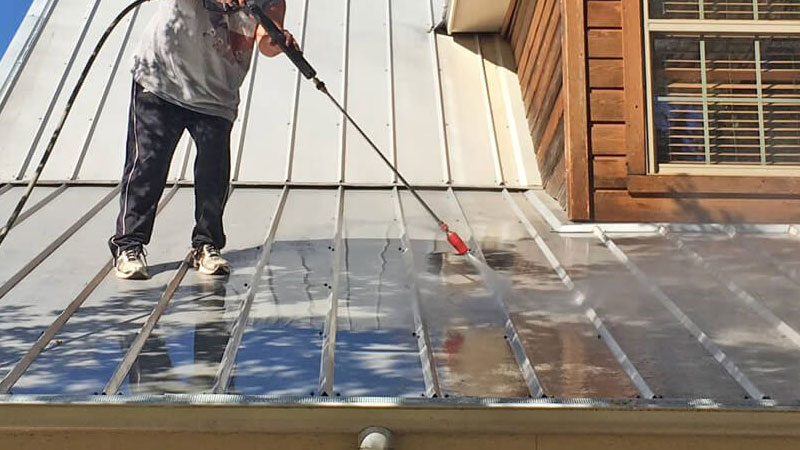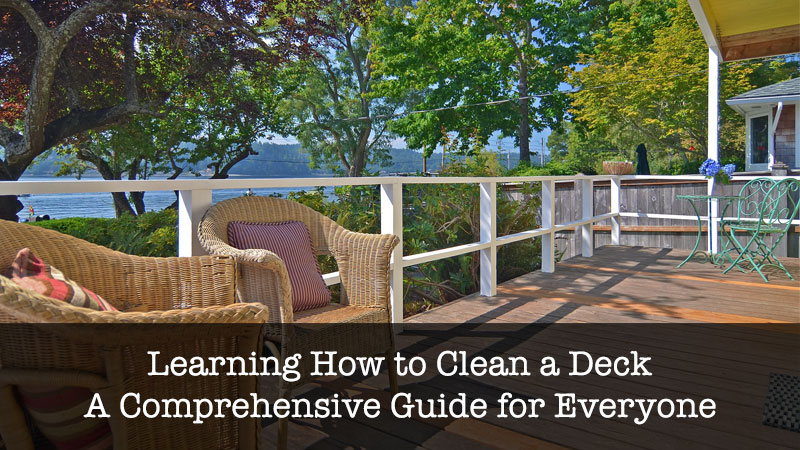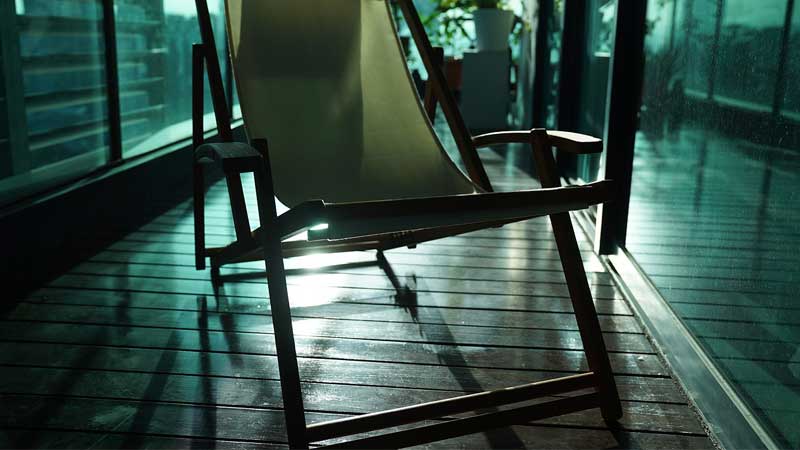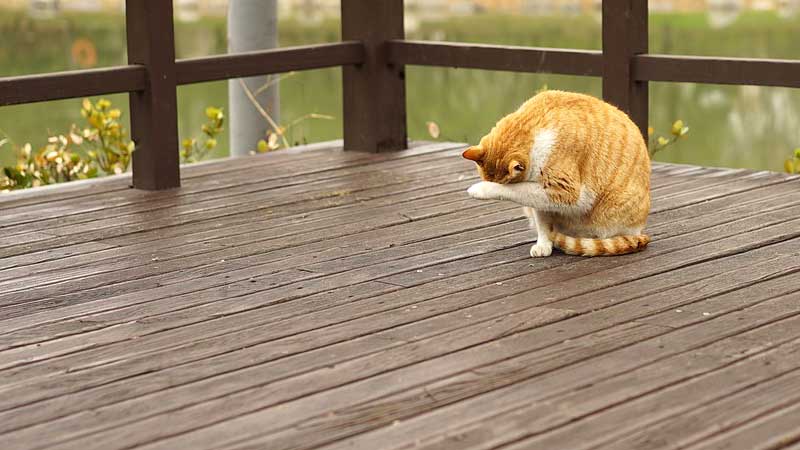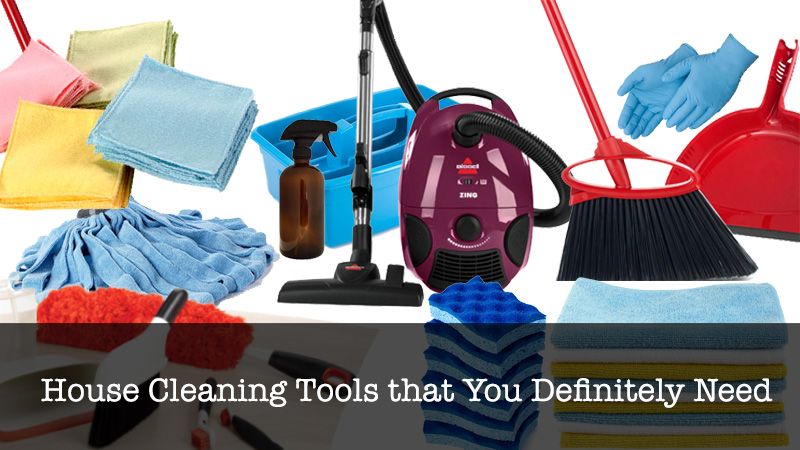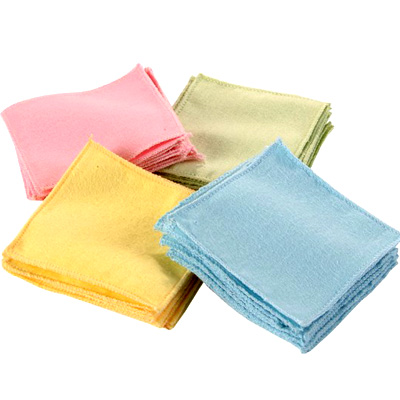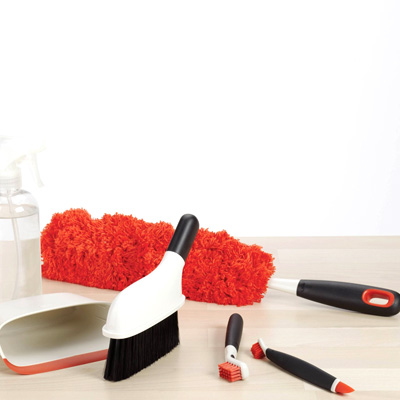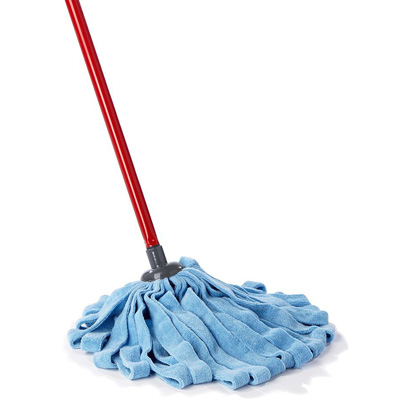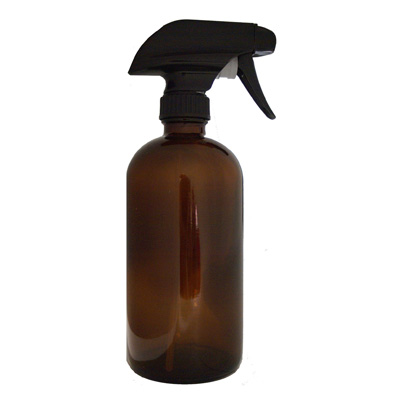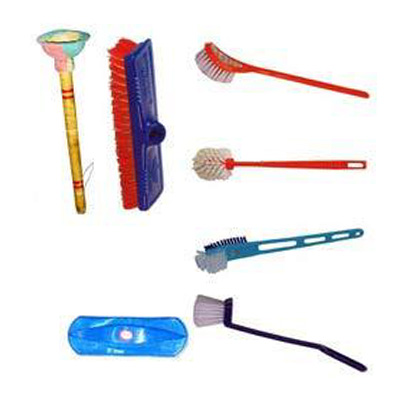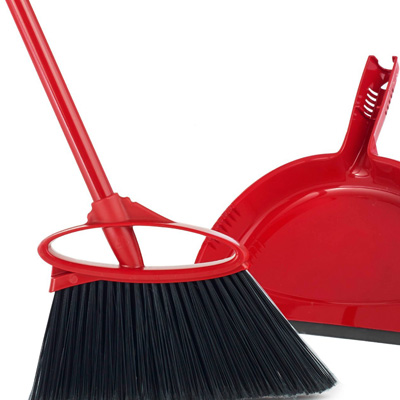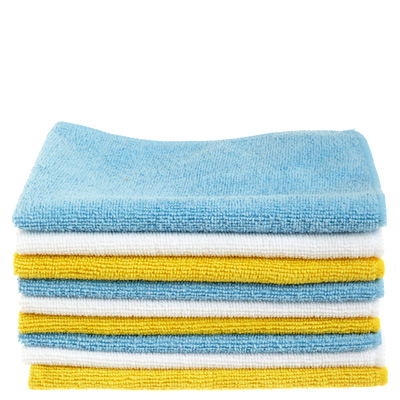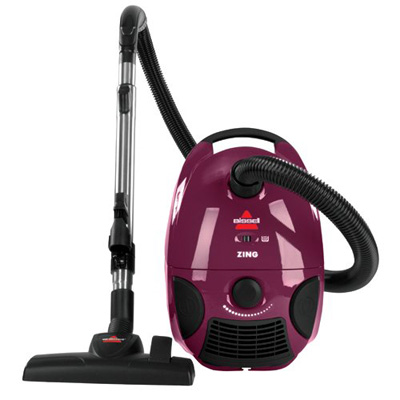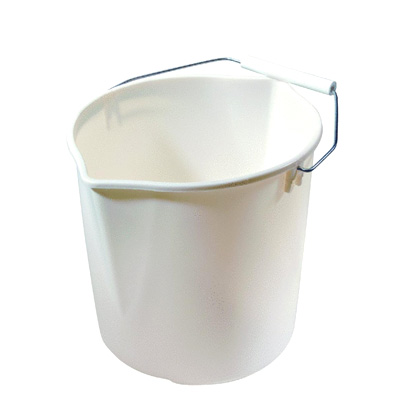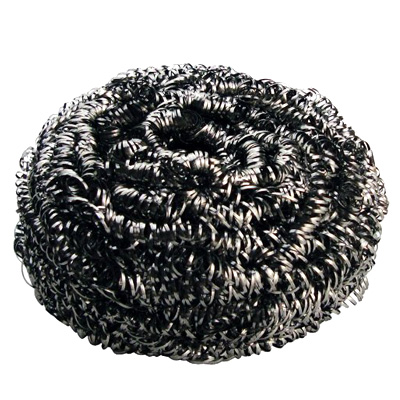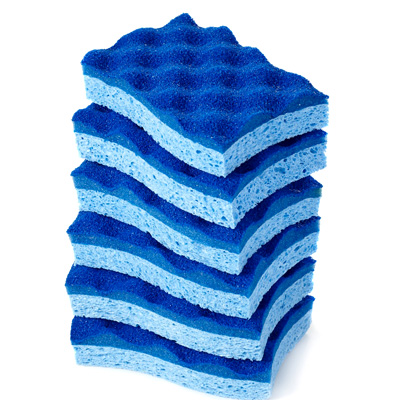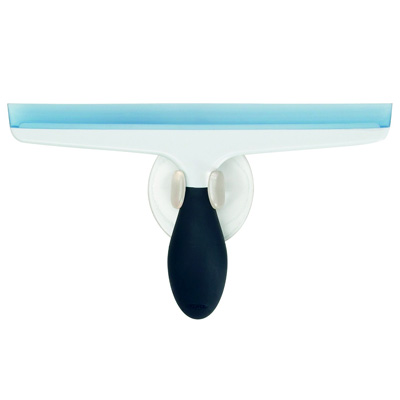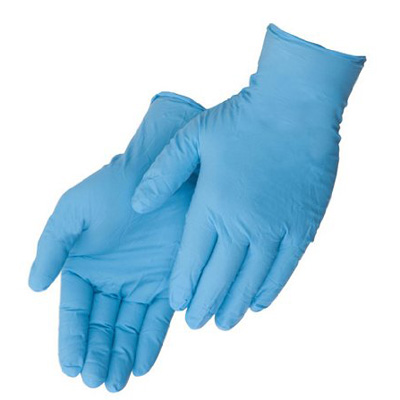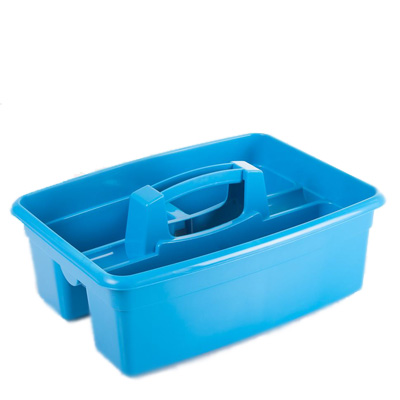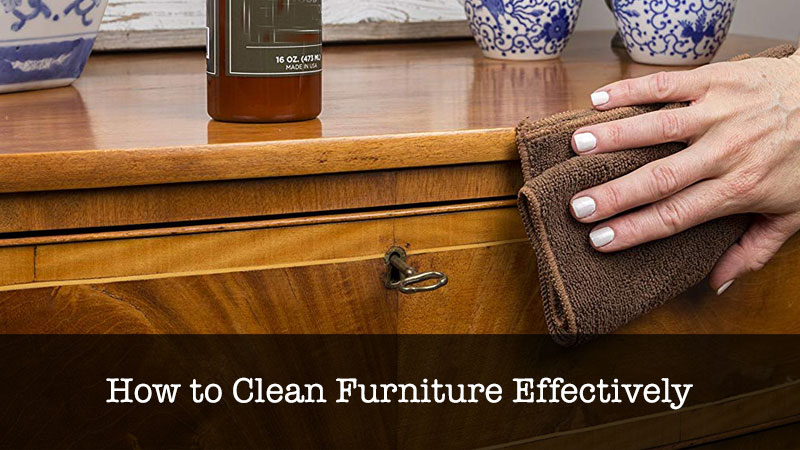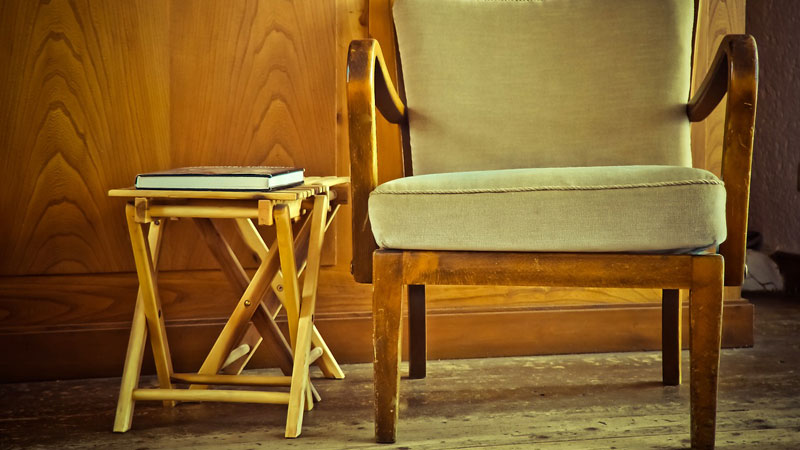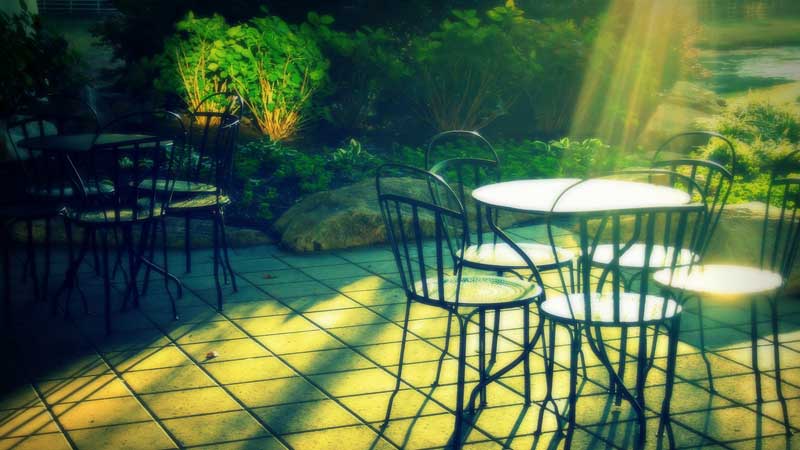You may have heard in passing that there are dangerous chemicals in household cleaners, or there is a significant lack of proof that antibacterial soap actually benefits the user more than regular soap and water.
However, you may not realize just how many items you use in your home can be a danger to you and your family.
Learning about each of the below-mentioned dangerous household items and finding more eco-friendly and family-friendly alternatives can go a long way toward keeping your family healthy.
Quick Navigation
[su_row class=””]
[su_column size=”1/2″ center=”no” class=””]
- Dangerous Household Item: Non-Stick Cookware
- Dangerous Household Item: Plastic food containers
- Dangerous Household Item: Air Fresheners
- Dangerous Household Item: Cleaning Items
- Dangerous Household Item: Furniture Polish and Stain
- Dangerous Household Item: Antibacterial Soaps
- Dangerous Household Item: Flame Retardants
[/su_column]
[su_column size=”1/2″ center=”no” class=””]
- Dangerous Household Item: Antiperspirant
- Dangerous Household Item: Plastic Shopping Bags
- Dangerous Household Item: Microwavable Popcorn Bags
- Dangerous Household Item: Paper Plates
- Dangerous Household Item: Weed Killer
- Dangerous Household Item: Laundry Detergent
- Dangerous Household Item: Toilet Bowl Cleaner
- Dangerous Household Item: Window/glass cleaner
[/su_column]
[/su_row]
1. Dangerous Household Item: Non-Stick Cookware

Why It’s Harmful: Toxic chemicals released from the Teflon coating on non-stick pans when heated to high temperatures, may kill pet birds and cause flu-like symptoms for humans.
Alternatives: Stainless steel or cast iron are better alternatives, even though they may require more spray or oil and require more elbow grease to get them clean after use.
2. Dangerous Household Item: Plastic Food Containers

Why It’s Harmful: Using plastic food containers and microwaving leftovers in these containers, particularly meats and cheeses, can result in the diethylhexyl adipate that is present leaching out into the foods.
Alternatives: Glass or ceramic containers are your best options when considering alternatives for food storage. If you are concerned about utensils, opt for those made of stainless steel or high-heat-resistant nylon.
3. Dangerous Household Item: Air Fresheners

Why It’s Harmful: Studies have recently found that phthalates are chemicals found in numerous air fresheners. These chemicals, when tested, have been found to cause hormonal disruptions – particularly in children.
These are one on a list of pollutants distributed by environmental groups lobbying against the prolific use of air fresheners and odor neutralizers, a business that sees over $1 billion in profits annually in the United States.
Alternatives: Sachets, a pot of boiling water and some aromatic herbs or a water bottle with a spray dispenser and some essential oils all make very viable alternatives for commercially made air fresheners.
4. Cleaning Items

Why It’s Harmful: Corrosive drain cleaners and oven cleaners contain strong chemicals to take care of difficult stains and dirt. The chemicals in these can cause severe burns to the eyes, as well as the throat and esophagus if ingested.
Even the fumes from these cleaners can be irritating to the skin, eyes and lungs. In terms of laundry detergents or fabric softeners, the scents added to make them smell better may actually act as irritants to the skin, nose, and throat. Read more about household cleaning item toxic here.
Alternatives: There are several environmentally friendly items on the market that avoid the corrosive chemicals and strong scents. Most of these involve vinegar or come from eco-friendly brands like Seventh Generation, Mrs. Meyer’s and Green Shield.
You can also read: 101 House Cleaning Tips and Tricks
5. Furniture Polish and Stain

Why It’s Dangerous Household Item: Furniture polish if ingested can cause throat and/or stomach pain, dizziness, breathing difficulty or even a coma. If it gets into one’s eyes, vision loss can occur.
Skin irritation is also a concern. If young children are in the house, the dangers almost outweigh the benefits of shiny furniture.
Alternatives: The simple alternative to this is a half cup of white vinegar and jojoba oil to make your furniture shine just as brightly as commercially made furniture polish.
6. Antibacterial Soaps

Why It’s Harmful: Recent studies have shown that antibacterial soaps contain triclosan, a chemical that has been shown to have potentially harmful effects on individuals.
Meanwhile, there is little conclusive evidence that these types of soaps are actually more beneficial than soap and water.
Alternatives: Using soap and water or alcohol-based hand sanitizers are better options than antibacterial soaps. At least until there is an additional benefit proven to exist for using these types of soaps, avoiding triclosan is a much better bet.
7. Flame Retardants
Why It’s Dangerous Household Item: For adults, a concern related to flame retardant chemicals is lower birth weights and fertility problems. For children, studies have shown lower cognitive abilities and attention spans in school environments, due to exposure to flame retardant chemicals.
Alternatives: Currently, while certain flame retardant chemicals have been deemed carcinogens and are being phased out of use, the only option is to focus on the positives of having flame retardants in numerous pieces of furniture or other objects in your home.
Shopping for items that do not have a flame retardant warning label may be an option. However, these items will be rare.
8. Antiperspirant

Why It’s Harmful: One primary concern for women who use antiperspirant is the potential risk of breast cancer due to the aluminum compounds used in antiperspirant and deodorant to help combat the amount of sweating you do under your arms.
Other concerns for both genders include a danger of Alzheimer’s Disease and concern for individuals who do not have two fully functioning kidneys, both concerns also related to aluminum.
Alternatives: There are aluminum-free deodorants available. These do not combat sweat, but they do help with the odor issues typically causing concern when people use deodorant.
9. Plastic Shopping Bags

Why It’s Harmful: Plastic shopping bags are an environmental hazard to the planet. They do not biodegrade and remain to pollute the environment for decades into the future. Plastic bags also get into the world’s oceans and are the cause of death for thousands of marine mammals each year.
Alternatives: Choose to carry reusable bags for groceries on repeat trips. This cuts down on the pollution to the world’s oceans and environment. Opt to shop at stores that don’t offer plastic bags. Finally, choose to recycle your plastic bags instead of throwing them in the trash.
10. Microwavable Popcorn Bags

Why It’s Harmful: Surprisingly, beyond the fat and calories in microwave popcorn (butter!!!), there are other hidden dangers. For one, burns happen regularly to those who don’t heed the warnings on the bag.
Also, there is a chemical that coats the bag that changes during the microwaving process. This chemical, called PFOA, has been labeled a possible carcinogen by the FDA.
Alternatives: Popping kernels with oil in a pan on the stove or via a popcorn popper, bypassing the microwave altogether is the safest way to avoid most of these issues. However, you still have to be careful of the fat and the negative effects of the butter this way.
11. Paper Plates

Why It’s Harmful: The obvious effect of paper plates is on the environment, filling dump sites and adding to pollution.
However, in a manner you may not be aware of, paper plates can be dangerous to your health. Using paper plates exposes you and your family to polystyrene and dioxin, which are volatile organic compounds.
Alternatives: The safest alternative to paper plates is china or ceramic plates. They can be used for years and washed for re-use immediately.
For those who just aren’t up for this option, there are re-usable paper plates on the market that are dishwasher-safe and not whitened with VOCs.
12. Weed Killer

Why It’s Harmful: Brand name weed killers like Roundup contain glyphosate, which has been proven in numerous recent studies to cause different cancers, infertility issues and even Parkinson’s. This is in addition to environmental problems caused by the chemical.
Alternatives: Other than pulling the weeds, there are simple alternatives that come straight from your kitchen. For example, pour boiling water on weeds to shrivel them.
Table salt (or leftover rock salt from winter) can be used on garden paths in the springtime. Avoid using this among your garden plants, however, as it will make the land barren.
13. Laundry Detergent

Why It’s Harmful: Bleach and Nonylphenol Ethoxylate are typically included in commercially-produced laundry detergents. Both of these can be extremely harmful toxins to people and/or animals.
The point that is more scary is that companies are not required to list these ingredients on the laundry detergent labels.
Alternatives: Options like Planet Natural Detergent or Ecover Zero Laundry Detergent are environmentally friendly and safer options for your household. If you prefer to make your own, use the following: 2 parts Washing Soda, 2 parts Borax and 1 part Bar Soap.
14. Toilet Bowl Cleaner

Why It’s Harmful: Toilet cleaners actually contain a type of pesticide in order to clean the toilet and eliminate germs. These types of pesticides are called antimicrobial pesticide.
These cleaners also include bleach and hydrochloric acid. If mixed with other household cleaners, poisonous gases can result. This can have fatal effects on household members.
Alternatives: Mix ¼ cup of baking soda and 1 cup of vinegar. Let mixture sit in the toilet for a few minutes. Scrub, then rinse. Mixing 2 parts borax with one part lemon juice also cleans a toilet satisfactorily.
15. Window/glass cleaner

Why It’s Harmful: Brands like Windex, Glass Gleam and Sparkle Glass Cleaner contain chemicals like Ammonia, Ethanol or Isopropyl alcohol. These chemicals, if ingested, can cause severe pain in the lips, eyes, ears, tongue or throat.
It can also cause breathing difficulties, dizziness, and a coma if it is not dealt with immediately. Read more detail here.
Alternatives: Leave citrus peels in vinegar for a few days or as long as two weeks. Strain out vinegar and use to clean windows.
All of the items noted above may be present in your home. However, their mere presence does not mean you and your loved ones are guaranteed to get cancer or face the other mentioned dangers.
Being aware of these potential issues is a huge step toward combating them. Otherwise, shopping for eco-friendly items can further decrease your chances of facing these potentially healthy-impacting consequences.
Reference:
- http://www.ewg.org/research/healthy-home-tips/tip-6-skip-non-stick-avoid-dangers-teflon
- http://www.health.harvard.edu/fhg/updates/update0706a.shtml
- http://www.organicauthority.com/sanctuary/natural-alternatives-to-chemical-air-fresheners.html
- https://www.organicconsumers.org/news/how-toxic-are-your-household-cleaning-supplies
- http://www.thealternativedaily.com/furniture-polish-poisoning-avoid/
- http://www.usatoday.com/story/news/nation/2013/12/16/fda-antibacterial-soap/4038907/
- http://www.pbs.org/newshour/rundown/what-could-be-so/
- http://health.howstuffworks.com/skin-care/underarm-care/tips/is-antiperspirant-toxic.htm
- http://environment.about.com/od/reducingwaste/a/no_plastic_bags.htm
- http://www.newsmaxhealth.com/Headline/microwave-popcorn-PFOA-diacetyl/2013/03/21/id/495819/
- http://www.ehow.com/about_6728768_chemicals-paper-plates.html
- http://www.medicaldaily.com/roundup-weed-killer-dangerous-your-health-245324
- http://wellnessmama.com/462/homemade-laundry-detergent/
- http://www.epa.gov/kidshometour/products/tbclean.htm
- http://www.nlm.nih.gov/medlineplus/ency/article/002750.htm

